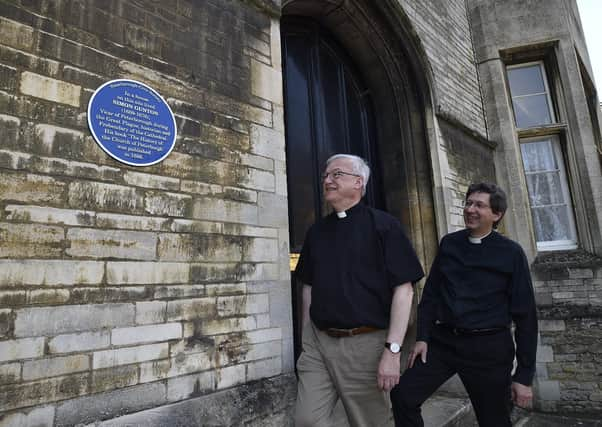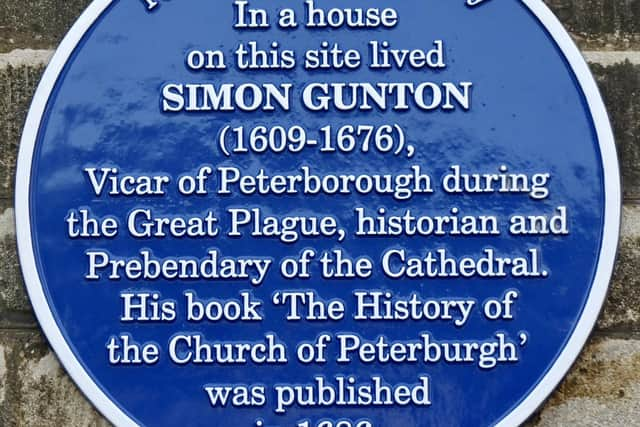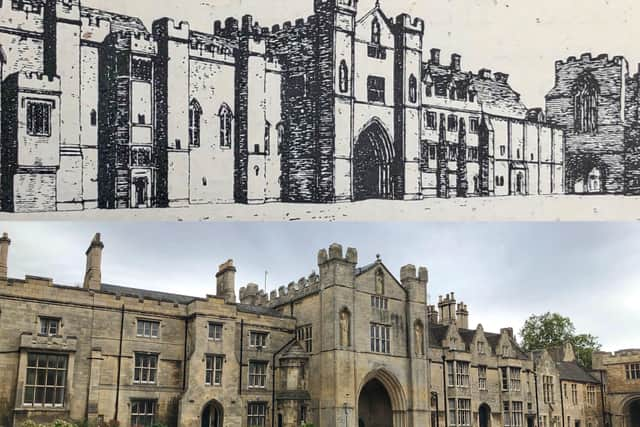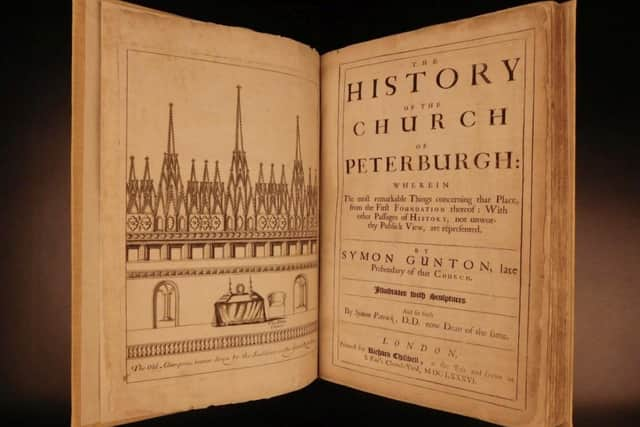Looking Back: Cathedral historian who buried 462 people during the Great Plague


The plaque is affixed to No: 27 Minster Precincts, on the right-hand side as you enter the Precincts from Cathedral Square.
Simon Gunton was born in Peterborough in 1609, the third child of six, four of whom seem not to have survived childhood.
Advertisement
Hide AdAdvertisement
Hide AdHis baptism is recorded in St John’s parish register. Ancestry on his father William’s side was deep-rooted in Ely and the Fens whereas his mother Helen, who was to die when Simon was just four, came originally from Lancashire stock.


She was buried in the then Lady Chapel of the Cathedral.
Simon Gunton’s father, who married again, was the Cathedral Registrar for more than 20 years.
As such he was responsible to Dean and Chapter for managing leases, registers, archives etc. all in line with Cathedral Statutes, as well as recording and executing Chapter’s decisions.
Doubtless young Simon’s interest in archival research and the recording of historical evidence was promoted early as he became both a scholar and antiquarian.


Advertisement
Hide AdAdvertisement
Hide AdSimon was probably a pupil at The King’s School and completed his education at Magdalene College, Cambridge in 1634, two years after his father’s death.
By 1635 he had been ordained Deacon and was priested in 1637 having, in the interim, married a local woman, Susan Dickenson.
After ordination Gunton became Vicar of Pytchley, Northants, before being appointed a Minor Canon of the Cathedral in 1643, the very year of its desecration by Cromwell’s soldiers.
After the Restoration in 1660 he was instituted as Vicar of St John’s Parish Church.


Advertisement
Hide AdAdvertisement
Hide AdBut then, in 1665, tragedy struck – Peterborough was visited by the Great Plague, brought from London.
Over the following months a total of about 540 people (perhaps a fifth of the town’s population) in St John’s parish died, Simon Gunton himself burying 462 of them – as many as 11 in one day.
Some of Gunton’s clergy colleagues had sought leave to absent themselves “during the continuance of that contagious sickness …”, but Simon Gunton heroically and devotedly stayed at his post.
Late in 1666, the Plague largely spent, Gunton resigned as Vicar of St John’s, accepting instead the chapter living of Fiskerton near Lincoln where he died a decade later.
Advertisement
Hide AdAdvertisement
Hide AdGunton’s was the first to attempt to put together a history in English of the Abbey and Cathedral having regard to such of the primary sources – the medieval chronicles – as he could reasonably have accessed.
But his great ‘History’ did not see the light of day until another decade had elapsed after his death and then thanks to the generosity of another Simon.
Simon Patrick was appointed Dean of Peterborough three years after Gunton’s death.
Discovering that Gunton had already carried out a considerable body of valuable but unpublished research, and that this was based upon some of the medieval chronicles, Patrick realised that, with additional research, publication of a significant history would be possible.
Advertisement
Hide AdAdvertisement
Hide AdThe image here of Gunton’s ‘History’, an original edition open at the title page, shows, as its frontispiece, the anonymous engraving of the lost 14th-century great altar screen, described by Gunton as “… the greatest ornament of the … whole church…”.
- This plaque is one of a series of 15 blue plaques recently installed in central Peterborough by Peterborough Civic Society. Further details about all the plaques can be found in the accompanying 28-page booklet which can be ordered on the Society’s website at a price of £2 (to cover postage and packing).
A download of the booklet is available on the society’s website.